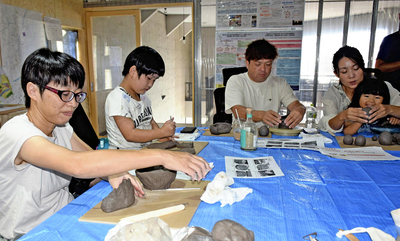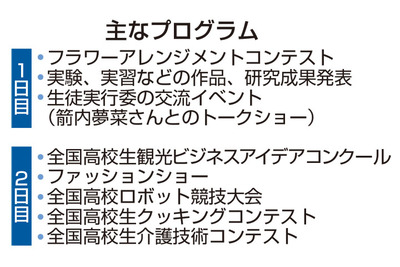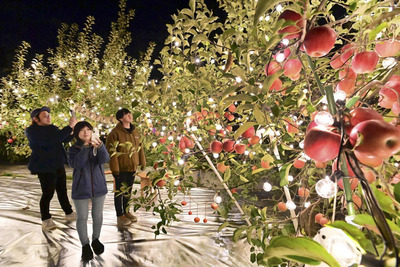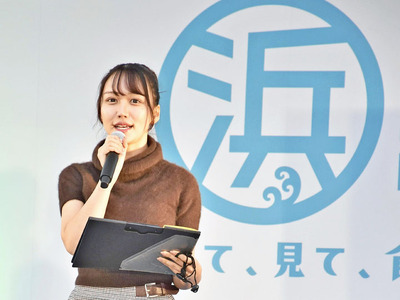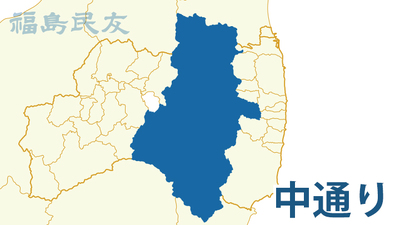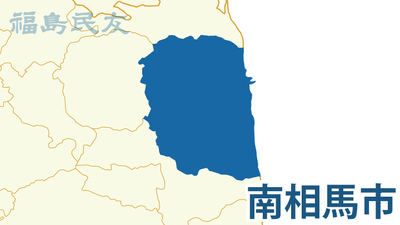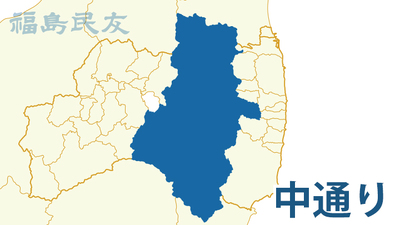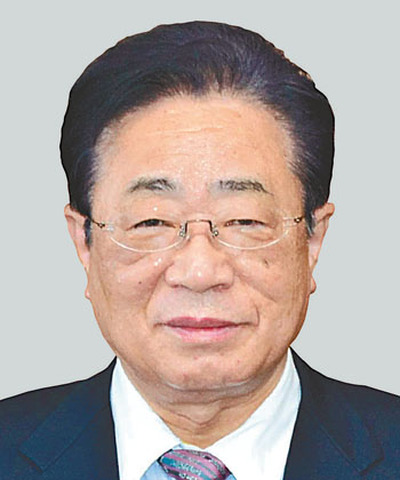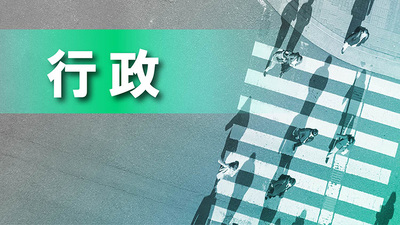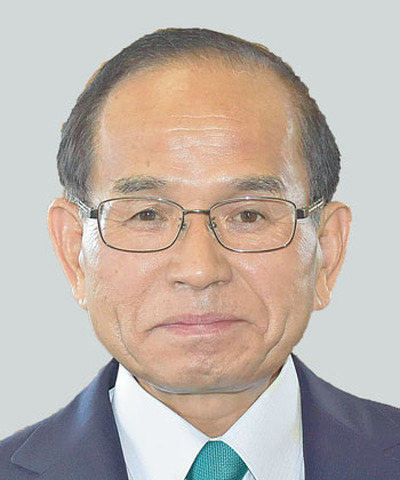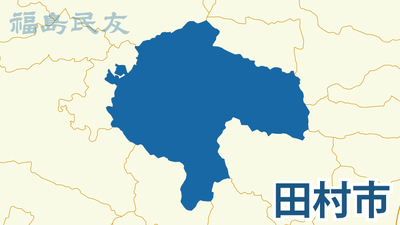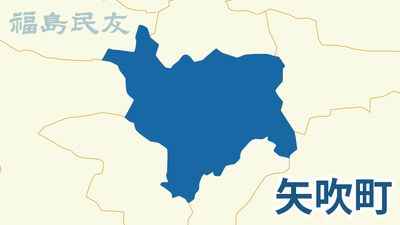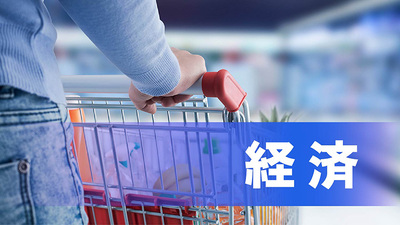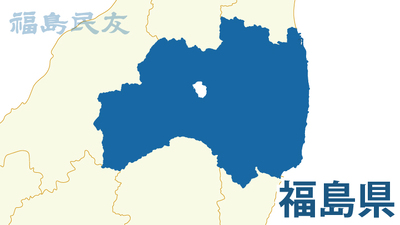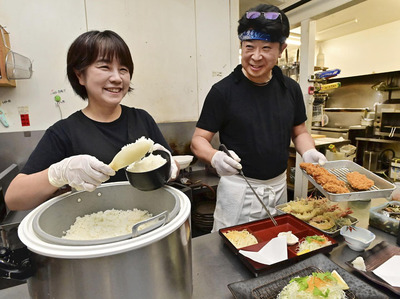FUTABA, Fukushima — A pottery project using clay from Futaba, Fukushima Prefecture, began in the town on Aug. 16.
福島県双葉町産の粘土を使った陶芸プロジェクトが8月16日、同町で始まった。
The town has a temporary storage site that stores soil removed during decontamination work in the prefecture, following the 2011 accident at the Fukushima No. 1 nuclear power plant. Due to the accident, the soil in the town has a negative image.
町内には、2011年の福島第一原子力発電所事故後の県内の除染作業で除去された土壌を保管する中間貯蔵施設がある。事故の影響で、同町の土にはネガティブなイメージがつきまとう。
People taking part in the project tried to think of ways to improve the image of Futaba soil and decided that pottery can pave the way, as it can be used in everyday life.
プロジェクトに参加した人々は、双葉の土のイメージを良くする方法を考え、日常的に陶器を使ってもらうことで道を切り開くことができると判断した。
Making connections
つながりを作る
Toten, a company based in Futaba, launched the pottery project.
陶芸プロジェクトを立ち上げたのは、双葉町に拠点を置く企業「トウテン」。
The company planned the undertaking to try and encourage everyone to make something using the soil collected in town. Toten wanted to develop a model in which the soil could be used safely and creatively.
同社は、町内で採取した土を使って、誰もが何かを作ることができるようにと、この事業を企画した。トウテンは、土を安全に創造的に活用できるモデルを開発したいと考えた。
Soil in Futaba had been a symbol of prosperity, as it supported the agricultural industry in the town. From a historical perspective, clay from Futaba was once used to produce a brand of pottery named Obori Soma-yaki, a traditional local specialty of the neighboring town of Namie.
双葉の土は町の農業を支え、繁栄を象徴するものだった。歴史的に見ても、双葉の粘土はかつて、隣町の浪江町の伝統的な特産品である陶器「大堀相馬焼」の生産にも使われていた。
Clay for the project is being collected from the premises of Shinzan Shrine, where decontamination work took place, in Futaba. Clay will continue to be collected from the shrine for the mid- to long-term.
プロジェクトで使用する粘土は、除染作業が行われた双葉町の新山神社の敷地内で採取される。神社からの粘土採取は中長期的に継続して行われる。
The radiation levels of the clay is tested by a specialized agency, and its safety is confirmed. It is then mixed with clay from other areas and used in the creation of artwork.
粘土は専門機関によって放射線量の検査が行われ、安全性を確認した上で、他地域の粘土と混ぜ、作品制作に使用される。
Toten plans to hold various events to teach people how to make pottery at event venues, town halls and residential areas in the town.
トウテンは、町内で開かれるイベントの機会や公民館、住宅地などで、陶芸の作り方を教える様々なイベントを開く予定だ。
The company also plans to prepare a carrier to help transport the clay and pottery equipment as well build a kiln.
同社はまた、粘土や陶芸用の道具を運ぶための台車を用意し、焼き窯を整備することも計画している。
In the future, the company aims to invite potters to the town, hoping to create exchanges between residents and the artists. The company hopes the exchanges will lead to more people connected to the project.
将来的には、同社が陶芸作家を町に招き、住民と作家の交流の場を創出することを目指している。同社は、こうした交流を通じて、より多くの人々がプロジェクトに関わるようになることを期待している。
The company held its first pottery event in Futahome, a facility in the town, on Aug. 16.
同社は8月16日、初の陶芸イベントを町内の施設「ふたほめ」で開催した。
About 10 people, including residents, took part in the event and made items for daily use as well as objects with a motif of a Futaba Daruma doll, which is a traditional craft of the town.
イベントには地域住民を含め約10人が参加し、日用品や町の伝統工芸品「双葉ダルマ」をモチーフにしたオブジェなどを作った。
Chie Tatemoto, 67, who lives in the Ekinishi Jutaku housing complex in the town, made a leaf-shaped plate.
町内の駅西住宅に住む舘元知恵さん(67)は、葉っぱの形のプレートを制作した。
“I feel more attached to the town after touching the clay and making something,” Tatemoto said.
「土に触れて何かを作ることで、町への愛着が増した」と舘元さんは話した。
Thinking about soil
土について考える
Yusei Kawakami, 23, a representative of Toten from Kanagawa Prefecture, has ties to Futaba because his grandmother is from the nearby town of Tomioka.
神奈川県出身でトウテン代表の川上友聖さん(23)には、祖母が双葉町近くの富岡町の出身という縁がある。
Kawakami came up with the project after speaking with the residents in Futaba and hearing their opinions.
川上さんは双葉町の住民と話し合い、意見を聞いている中でこのプロジェクトを思いついた。
“I hope that the project will not just be a mere experience but can be the start of a new culture, if the residents are actively engaged,” Kawakami said. “I want pottery making to become something commonly done in the town.”
「このプロジェクトが単なる体験ではなく、地域住民が積極的に関わることにより、新たな文化の始まりになればいい」と川上さんは話した。「陶芸が町の日常的な活動になってほしい」。
The products made by the company as well as by the participants are set to be sold at such places as an event in the Tokyo metropolitan area.
同社や参加者によって制作された作品は、首都圏のイベントなどで販売される予定だ。
By having customers place these items around their house or use them in their daily lives, the company aims to eliminate the negative image Futaba soil has.
作品を購入した人たちが自宅に飾ったり、日々の暮らしの中で使ったりしてもらうことで、双葉の土に対するネガティブなイメージが払拭されることを、同社は目指している。
The government is now working to gain public understanding nationwide regarding reuse of the soil held at the storage site and also plans to build a final disposal site outside Fukushima Prefecture by March 2045.
政府は現在、中間貯蔵施設の土壌の再利用について全国的な理解を得る取り組みを進めており、さらに2045年3月までに福島県外での最終処分場の建設を計画している。
“I hope the pottery products will prompt people outside the prefecture to think about Futaba soil,” Kawakami said.
( Translated by The Japan News )
川上さんは「陶器作品を通じ、県外の人たちが双葉の土について考えるきっかけになればいい」と話した。
【 2025年8月17日付・福島民友新聞掲載 】

